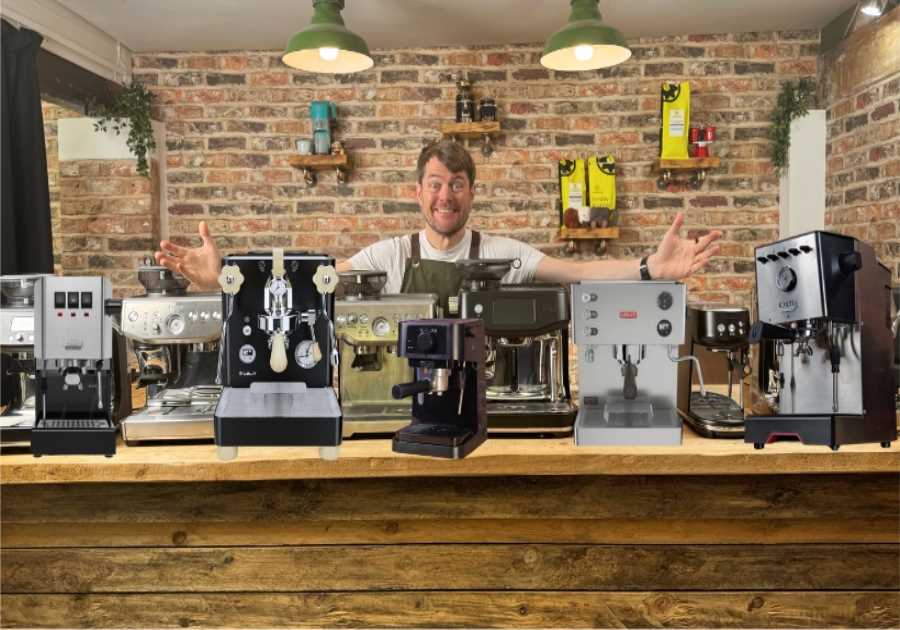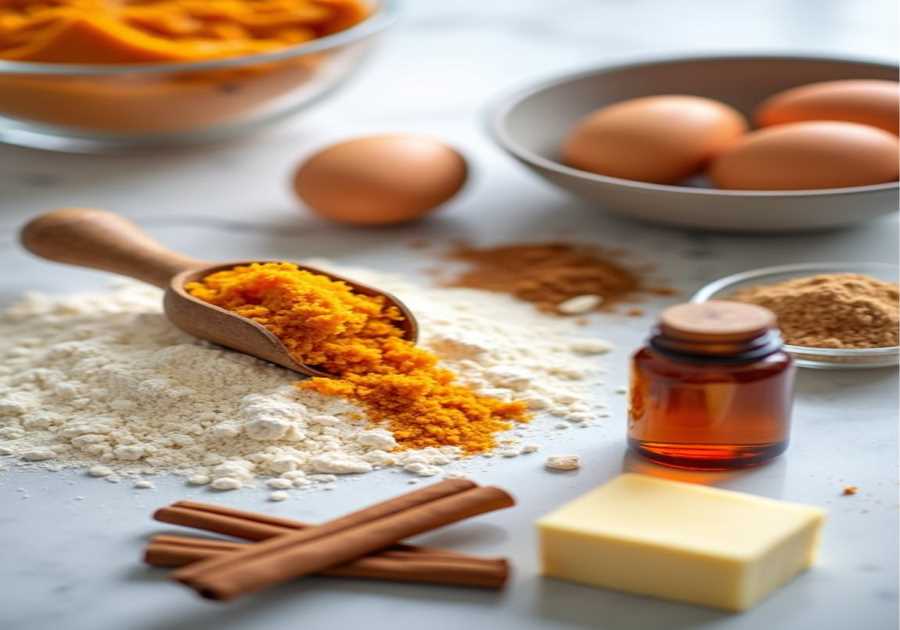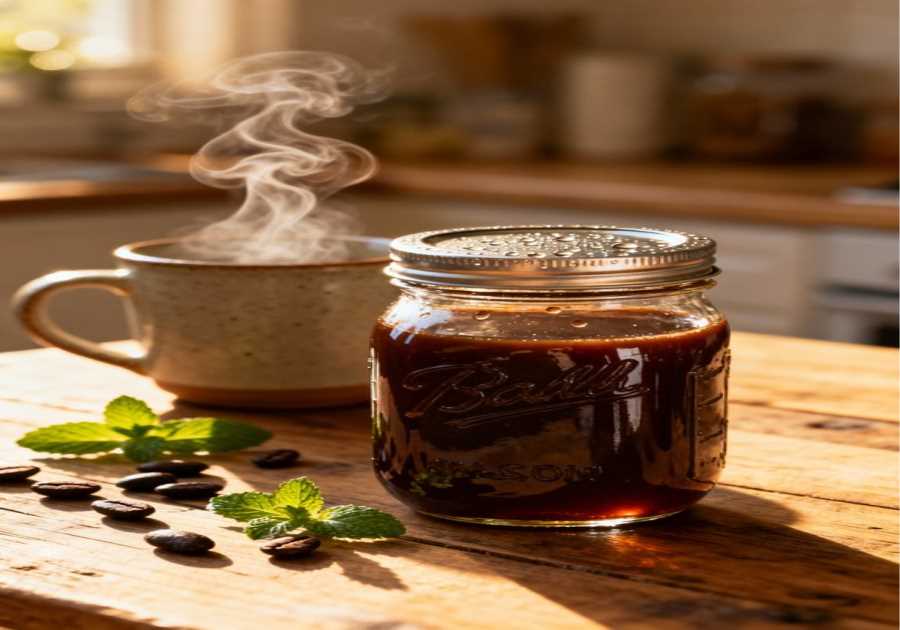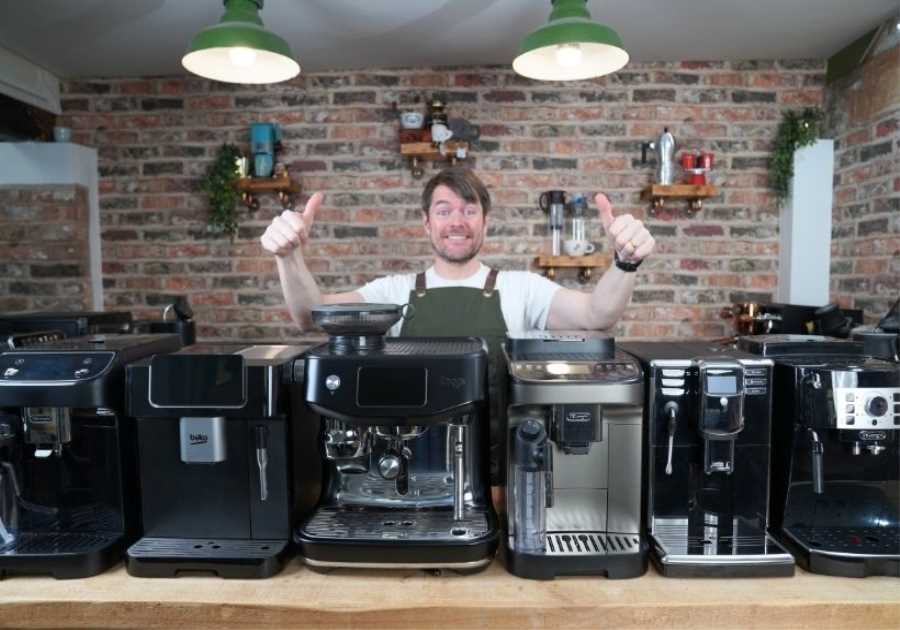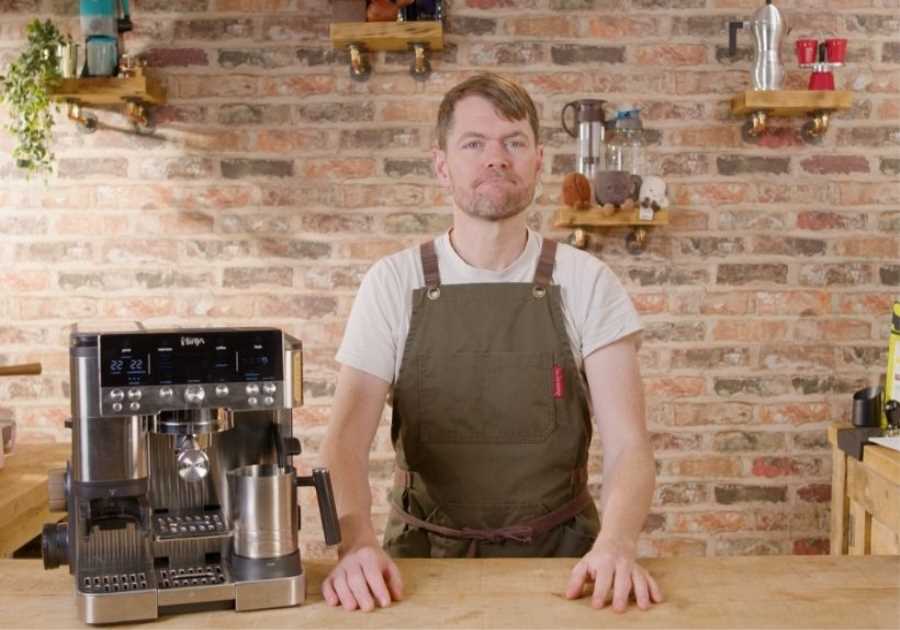Pour overs are a staple of specialty coffee. Beloved by coffee professionals and enthusiasts alike, this brewing method is considered to extract the true expression of a coffee’s innate characteristics.
As the wider coffee industry continues to evolve, so does pour over. Every year, we see a range of both manual and automated pour over devices launched on the market – helping to push the boundaries of extraction and flavour even further.
Many of these new brewers have been firmly embraced by the specialty coffee community, appearing on more and more coffee shop shelves and home brew bar setups. So with an increasingly wider variety of brewers and devices available, where could pour over be heading next?
To find out more, I spoke to Nicole Chabot, co-founder of Graycano, and Sasa Sestic, founder of Nucleus Coffee Tools.
You may also like our article on a brief history of manual brewing methods.

Pour over coffee has come a long way
Although we often talk about pour over like it’s a relatively new brewing method, it actually dates back to the early 1900s.
One of the precursors in the evolution of pour over brewing was the launch of the Melitta brand in the early 1900s. After Melitta Bentz fashioned a brewer using a brass pot and a filter, the Melitta brand became one of the first to start selling commercially-available paper filters. This changed pour over brewing forever.
After the iconic Chemex was launched in 1941, Hario debuted its Vector 60 (or V60) manual brewer in the early 2000s. The product was named for its 60° angle of the cone, which the company says helps to facilitate extraction.
The Clever Dripper also gained popularity in specialty coffee following its launch in 2008. This brewer combines both pour over and immersion-style brewing, which can enhance mouthfeel and texture.
In 2010, the flat bottom Kalita Wave entered the market, which was designed to reduce contact between the paper filter and brewer walls as a more “forgiving” brewer option.
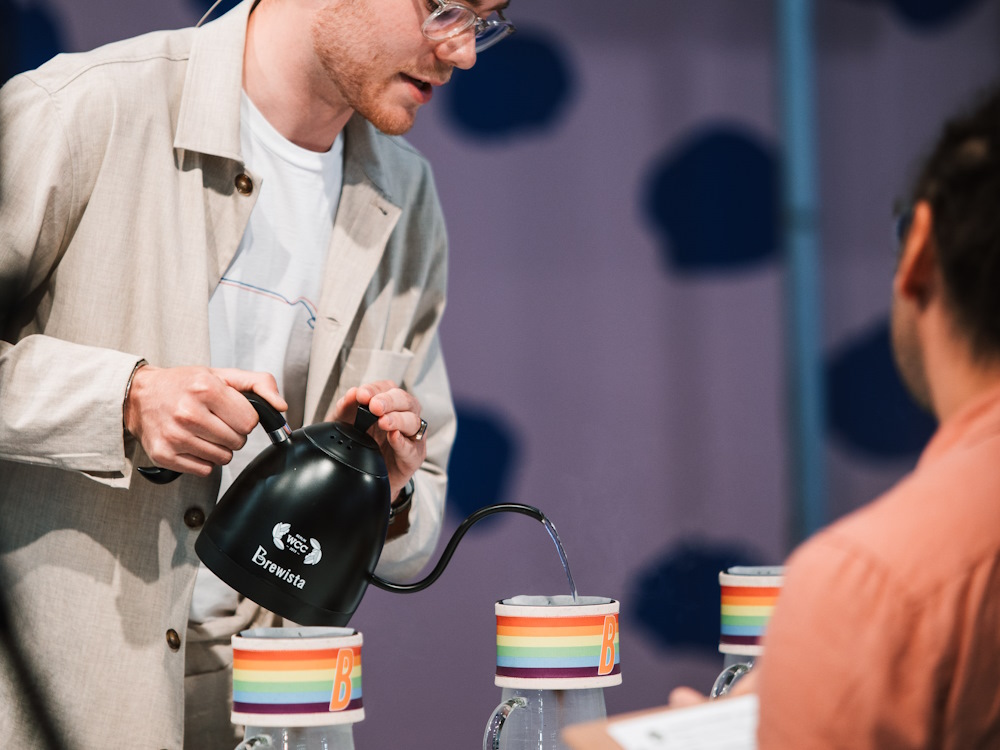
New brewers emerge on the market
Year after year, a range of new manual pour over brewers launch on the market. Each one has its own unique twist, with many different trends impacting design and functionality.
One of the biggest influences, however, is the World Brewers Cup – an annual competition where some of the world’s best baristas showcase their manual filter brewing skills.
While the majority of winners have used either the Hario V60 or the Kalita Wave in their routines, we saw 2023 winner Carlos Medina use the Origami and 2024 World Brewers Cup Champion Martin Wölfl win with the Orea V4.
At the 2022 competition, Wölfl also used another new manual pour over brewer – the Graycano. This conical-shaped device has a big focus on design and materials, and has become increasingly popular at the World Brewers Cup.
Nicole Chabot is a co-founder of Graycano.
“Heat retention and design have become more important features of pour over brewers,” she says. “We wanted to combine modern design with unique materials to improve extraction efficiency.”
Each brewer includes an aluminium core and air pockets, which improve temperature stability and heat retention.
“The brewer also includes asymmetric ribs, which agitate the water,” Nicole adds. “In turn, the coffee bed is more evenly extracted and you reduce the risk of channelling.”
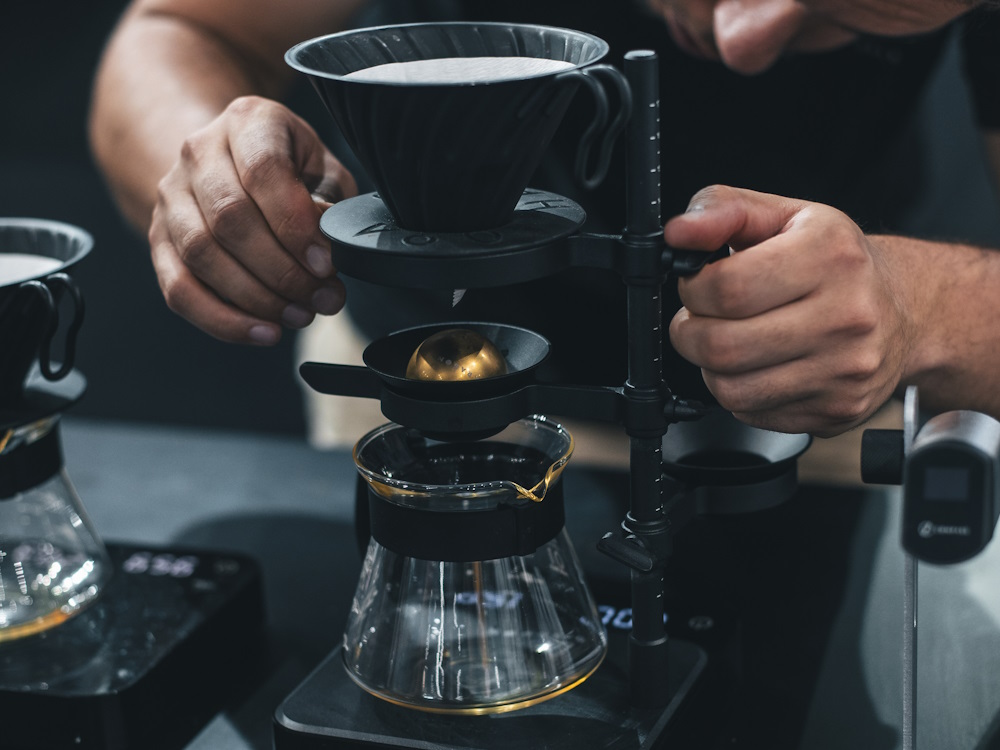
The push to optimise pour over extraction
As a way of preserving flavour and aroma as much as possible, a growing number of baristas and competitors have started using techniques similar to flash brewing. In response, some equipment manufacturers have designed brewers with this in mind.
One example is Nucleus Coffee Tools’ Paragon, which was developed in partnership with researchers at the Zurich University of Applied Science (ZHAW).
Sasa Sestic is the founder of Nucleus, as well as ONA Coffee and Project Origin. He is also the 2015 World Barista Champion.
“Studies have shown that when brewing temperatures are higher, we lose more aromatic volatile compounds,” he explains. “For instance, more volatile compounds are lost at 96°C (204.8°F) than 90°C (194°F).”
This research led Nucleus and ZHAW to explore the concept of “extract chilling”. The 2021 Australian Barista Champion Hugh Kelly most notably used this method (albeit for espresso rather than filter) in his routine at the world finals.
With a focus on “post-extraction chilling”, the Paragon includes a cooled ice rock or ball that is placed underneath the pour over brewer for the first 20 to 30 seconds of extraction.
“By rapidly cooling filter coffee just after extraction, we can capture more volatile compounds in the final beverage,” Sasa explains. As the brewed coffee is chilled instantly once it comes into contact with the cooled ice rock, fewer aromatic compounds escape into the surrounding environment.
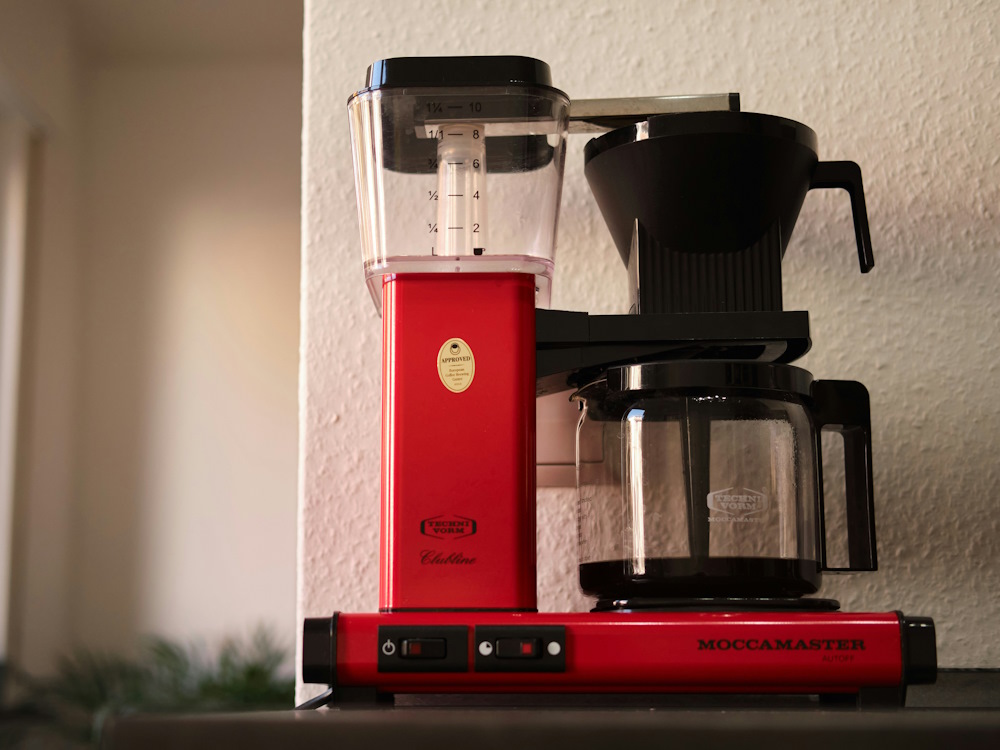
Automation becomes a barista’s best friend
Alongside rampant innovation in manual pour over brewing, automation has played an increasingly important role in how we prepare filter coffee – both at home and in coffee shops.
The most obvious reasons are to improve the efficiency and consistency of extraction by minimising the risk of human error. And given that a 2019 survey by UCC Coffee found 80% of consumers value consistency when visiting a café above all else, this only emphasises why specialty coffee has embraced automation.
Launched in early 2021, Marco Beverage System’s automated SP9 countertop brewer features a unique boiler system and recirculation chamber that ensures water temperature remains consistent throughout extraction.
The Moccamaster is another popular automated brewing system that is more widely used in homes. The machine maintains a stable temperature between 92°C and 96°C (197.6°F and 204.8°F) – helping home brewers and coffee enthusiasts to also achieve consistent results.

The future looks promising
It’s evident that there is an endless pursuit of higher quality when it comes to pour over in specialty coffee, and this is undoubtedly influencing the future of filter coffee preparation.
“With new pour over innovation, we can get more out of coffee,” Sasa says. “The more innovation there is, the more we can understand about how to extract desirable characteristics and reduce the negative ones – improving everyone’s experience.”
Ultimately though, it seems automated solutions will continue to dominate the market as both coffee shop operators and avid home brewers choose to prioritise consistency and efficiency.
At the same time, the skill of manual brewing will undoubtedly also play a key role in the future of pour over. The fact remains that manual brewing methods often add to the consumer experience, and showcase craftsmanship and skill in ways that aren’t possible with automation.

In recent years, design, shape, and materials have become increasingly important factors for pour over brewers – changing extraction and therefore flavour. But there’s plenty more room for further innovation.
Time will only tell how pour over brewing will continue to change. So with new manual and automated devices launched on the market, it’s an exciting time for specialty coffee.
Enjoyed this? Then read our article on what coffee shops need to know about the future of pour over.
Photo credits: Graycano, Sinan Muslu, SCA Germany, Specialty Coffee Association
Perfect Daily Grind
Want to read more articles like this? Sign up for our newsletter!
The post The ongoing evolution of pour over coffee: What’s next? appeared first on Perfect Daily Grind.
By: Matthew HillTitle: The ongoing evolution of pour over coffee: What’s next?
Sourced From: perfectdailygrind.com/2024/06/ongoing-evolution-of-pour-over-coffee-next-trends/
Published Date: Wed, 05 Jun 2024 07:00:00 +0000

